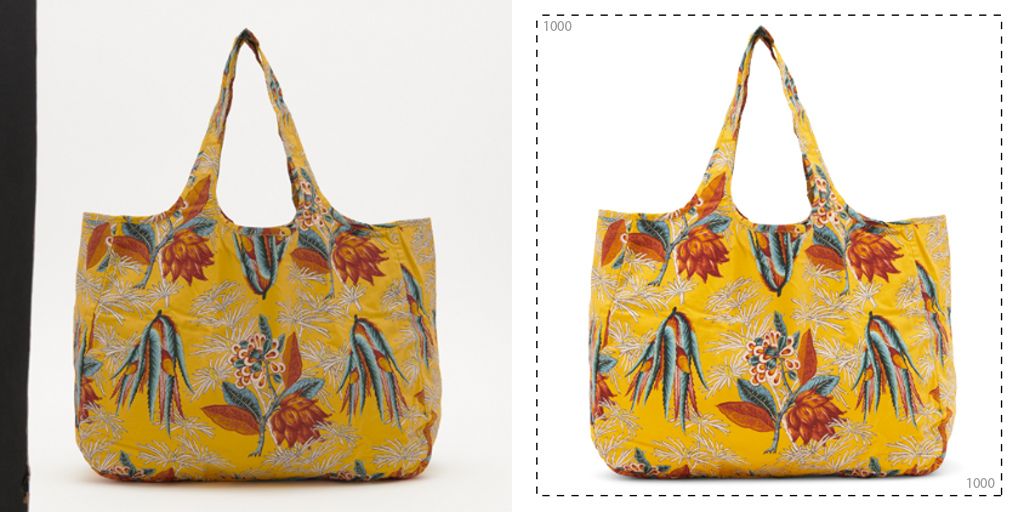E-commerce Model Photography: A Comprehensive Guide

In the world of e-commerce, visual appeal is paramount. High-quality model photography can make or break a product’s success. In this article, we delve deep into the nuances of e-commerce model photography, providing you with the knowledge and techniques to elevate your online store and boost conversions.
Understanding the Importance of E-commerce Model Photography
In the competitive landscape of e-commerce, product images serve as the first point of contact between the product and potential customers. Model photography, in particular, plays a crucial role in showcasing products in a realistic and relatable manner. By illustrating how a product looks and fits on a model, you bridge the gap between a customer’s imagination and the actual product, enhancing their buying confidence.
Key Elements of Effective E-commerce Model Photography
1. Choosing the Right Models
The choice of models is critical. They should represent your target demographic accurately. Consider the following factors when selecting models:
- Relevance to the Target Audience: Ensure that models reflect the age, gender, and style preferences of your potential customers.
- Versatility and Professionalism: Opt for models who can convey various emotions and poses naturally.
- Brand Alignment: Models should embody the ethos and image of your brand.
2. High-Quality Equipment and Setup
Investing in high-quality photography equipment is essential. This includes:
- Cameras: Use DSLR or mirrorless cameras with high resolution to capture sharp and detailed images.
- Lighting: Proper lighting setups, such as softboxes and reflectors, are crucial for achieving even and flattering illumination.
- Backdrops: Neutral backdrops keep the focus on the product and model. White or grey backdrops are common choices.
3. Professional Styling and Makeup
The styling of both the model and the product must be immaculate. This involves:
- Wardrobe Selection: Ensure that the clothing fits well and complements the product being showcased.
- Makeup and Hair: Professional makeup artists and hairstylists can enhance the model’s appearance, ensuring they look their best on camera.
4. Effective Posing and Composition
Models should be directed to pose in ways that highlight the product’s features. Tips for effective posing include:
- Natural Poses: Aim for poses that look natural and relatable.
- Focus on the Product: Poses should not overshadow the product but rather complement and highlight it.
- Variety: Capture a range of poses to provide customers with multiple views of the product.
5. Post-Production and Editing
Post-production is where good photos become great. Essential post-production steps include:
- Color Correction: Ensure that colors are accurate and consistent with the actual product.
- Retouching: Smooth out any imperfections while maintaining a natural look.
- Background Editing: Remove any distractions to keep the focus on the model and product.
Best Practices for E-commerce Model Photography
1. Showcase Different Angles
Display the product from various angles to provide a comprehensive view. This can include:
Front, Side, and Back Views: Offer a complete understanding of the product.
Close-Ups: Highlight specific features, textures, or details.
2. Consistency Across Photos
Maintain a consistent style across all product images. This includes:
- Uniform Lighting and Backgrounds: Create a cohesive look for your product listings.
- Consistent Model Poses and Expressions: Develop a recognizable brand aesthetic.
3. Incorporate Lifestyle Shots
Lifestyle shots show the product in real-world scenarios, helping customers envision how they would use it. This can include:
- Outdoor Settings: For products like clothing, showcasing them in relevant environments adds context.
- Indoor Settings: For items like furniture, placing them in a styled room provides scale and usability insights.
4. High Resolution and Zoom Capability
Ensure that your images are high-resolution and support zoom functionality. This allows customers to inspect the product closely, mimicking an in-store experience.
5. Utilize Videos and 360-Degree Views
Enhance your product listings with videos and 360-degree views. Videos can demonstrate the product in action, while 360-degree views allow customers to interact with the product virtually.
Advanced Techniques for Superior Model Photography
1. Using Advanced Lighting Techniques
Experiment with different lighting setups to achieve various effects:
- Natural Light: Use natural light for a soft and authentic look.
- Artificial Light: Control and manipulate artificial light to highlight product features.
- Creative Lighting: Implement colored gels or dramatic shadows to create unique visuals.
2. Dynamic and Interactive Poses
Encourage models to adopt dynamic poses that convey movement and interaction with the product. This can include:
- Action Shots: For sportswear or active gear, show models in motion.
- Interactive Shots: For tech gadgets, depict models using the product.
3. Storytelling Through Imagery
Craft a narrative with your photos. This involves:
- Sequential Shots: Tell a story through a series of images.
- Thematic Cohesion: Ensure all images within a product category share a common theme or story.
Optimizing E-commerce Model Photography for SEO
1. Descriptive File Names
Use descriptive file names that include keywords related to the product. For example, “red-women-dress-summer-collection.jpg”
2. Alt Text and Captions
Include alt text and captions that describe the image and include relevant keywords. This improves accessibility and SEO.
3. Fast Loading Times
Optimize images to ensure fast loading times without compromising quality. Techniques include:
- Compression: Use tools to compress images.
- Responsive Images: Provide different image sizes for different devices.
4. Structured Data
Implement structured data (schema markup) for images to enhance search engine understanding and display.
5. Consistent Updates
Regularly update your images to keep your content fresh and relevant, which can positively impact your search rankings.
E-commerce model photographers often need image editing services for several important reasons:
- Consistency and Branding: Image editing ensures that all photos on an e-commerce site have a consistent look and feel, which is crucial for maintaining a cohesive brand image. Consistency in lighting, background, and color tones helps create a professional and appealing online store.
- Image Quality: Raw photos, even when taken by professional photographers, may have imperfections such as poor lighting, incorrect exposure, or unwanted objects. Image editing services can correct these issues, enhancing the overall quality of the photos.
- Focus on Products: Editing can highlight the product features by adjusting lighting, enhancing colors, and sharpening details. This makes the product more attractive and appealing to potential customers, increasing the likelihood of a purchase.
- Background Removal and Replacement: Often, e-commerce sites require a plain or specific background to keep the focus on the product. Image editing services can remove unwanted backgrounds and replace them with clean, consistent ones that meet the site’s requirements.
- Retouching: Model photography often requires retouching to correct skin blemishes, smooth out wrinkles, and enhance the model’s appearance. This ensures the models look their best, which reflects positively on the products being advertised.
- Compliance with Platform Guidelines: Different e-commerce platforms have specific guidelines for images, such as size, aspect ratio, and background requirements. Image editing services can ensure that photos meet these guidelines, preventing any issues with uploads or displays.
- Special Effects and Enhancements: Adding special effects, shadows, reflections, and other enhancements can make product images more visually appealing. These elements can help in creating a more engaging shopping experience.
- Time Efficiency: Professional photographers are skilled at capturing high-quality images, but editing is a time-consuming process. Outsourcing image editing allows photographers to focus on their core work of taking photos, thereby increasing efficiency and productivity.
Conclusion
In conclusion, e-commerce model photography plays a pivotal role in the success of online retail businesses. High-quality, visually appealing images are crucial for attracting customers and driving sales. From capturing the perfect shot to ensuring consistency and professionalism, every step in the process contributes to creating an engaging shopping experience. However, the importance of photo processing services cannot be overstated.
These services refine and enhance photos, ensuring they meet industry standards and platform guidelines while showcasing products in the best possible light. By leveraging expert image editing, e-commerce businesses can maintain a competitive edge and foster customer trust and satisfaction.








